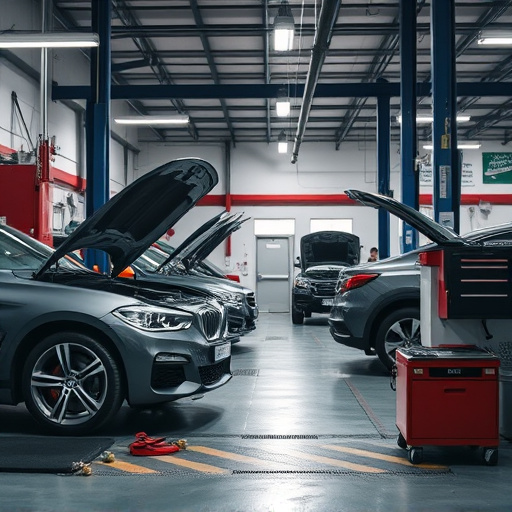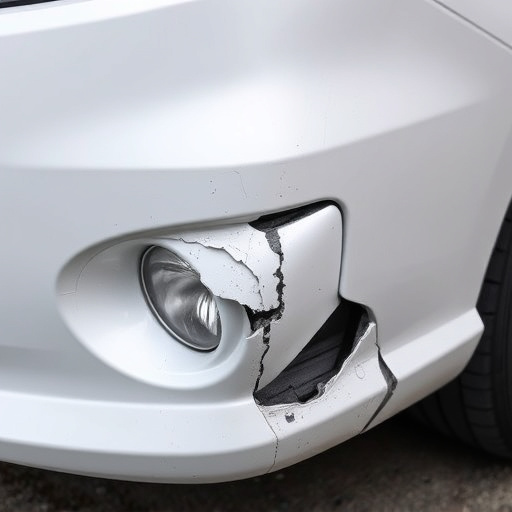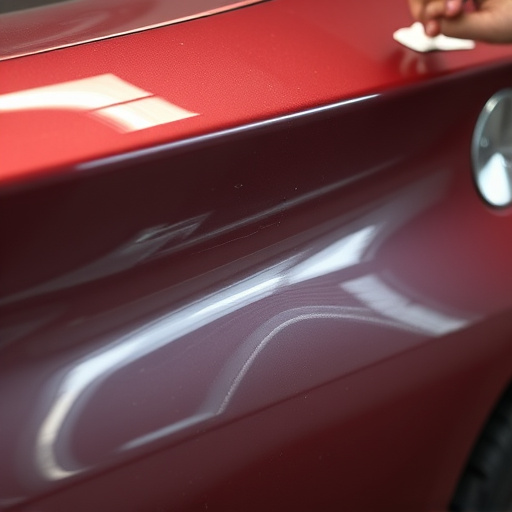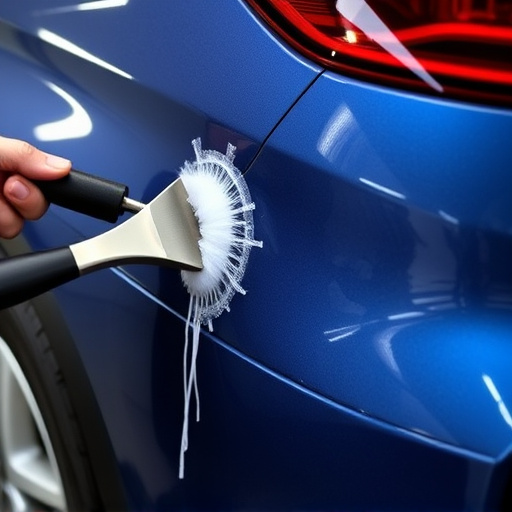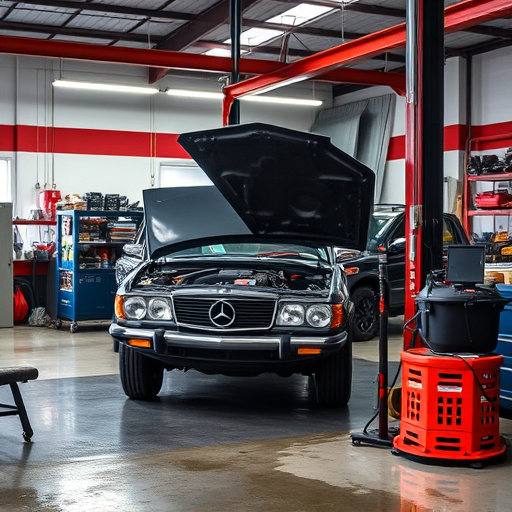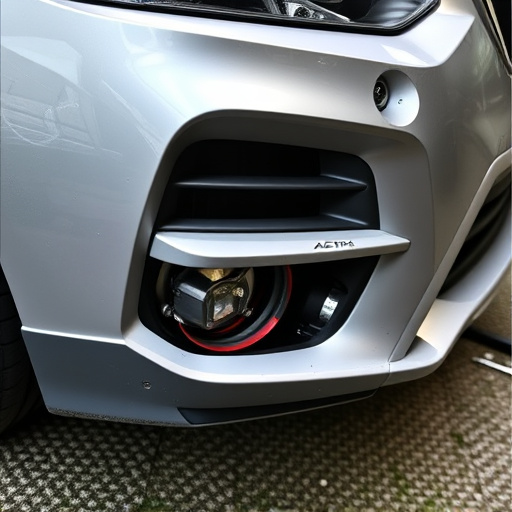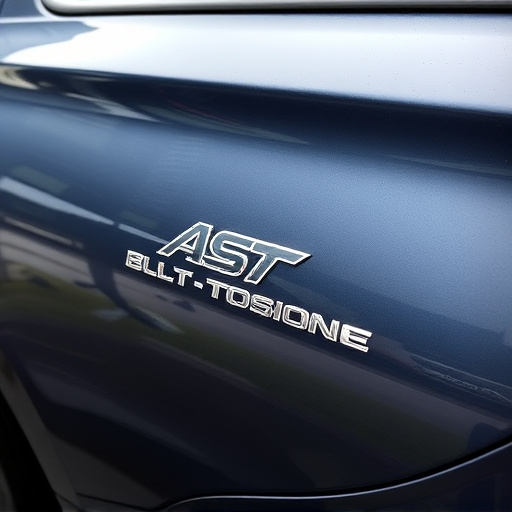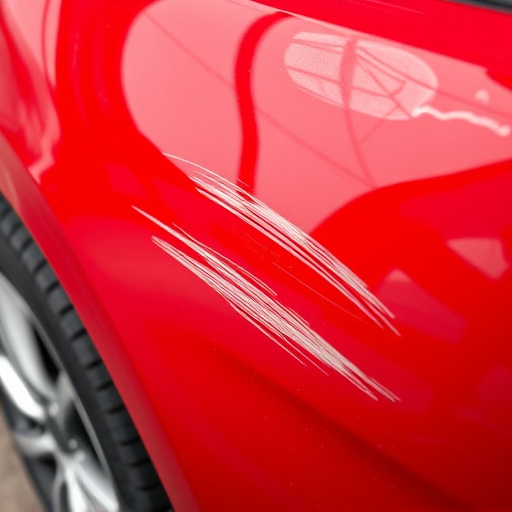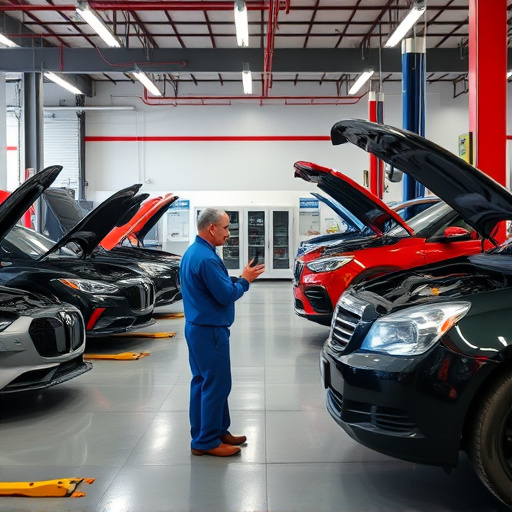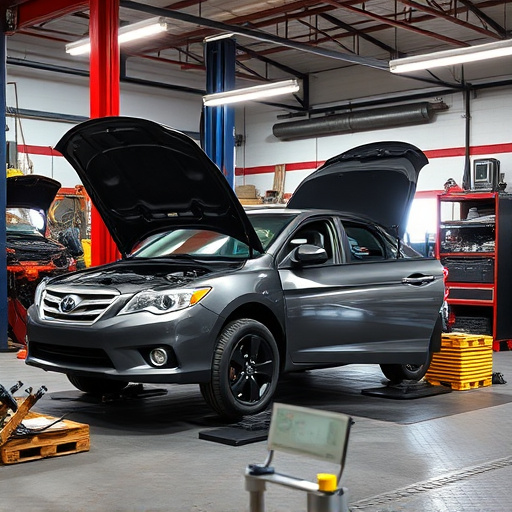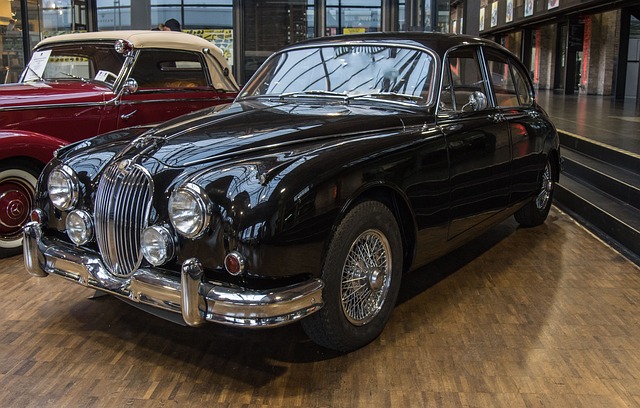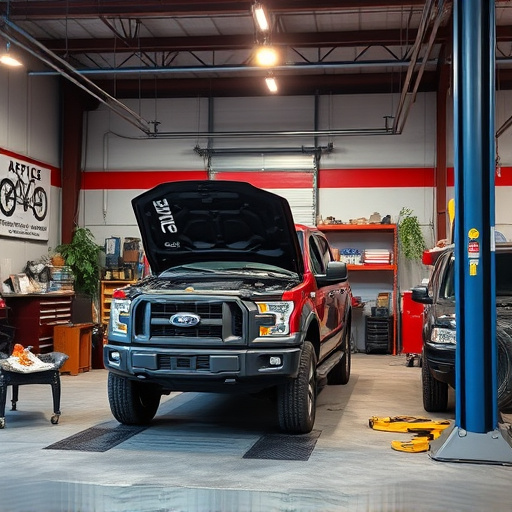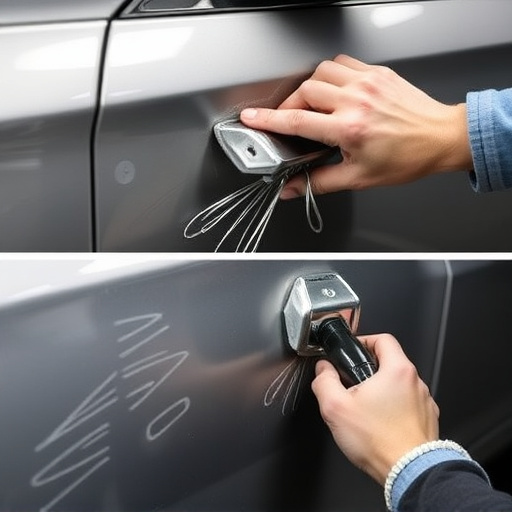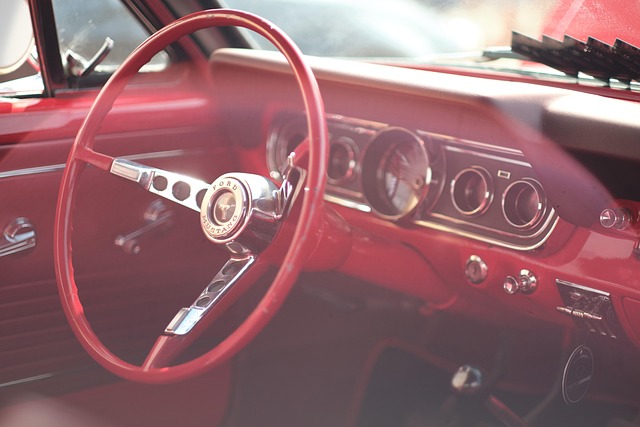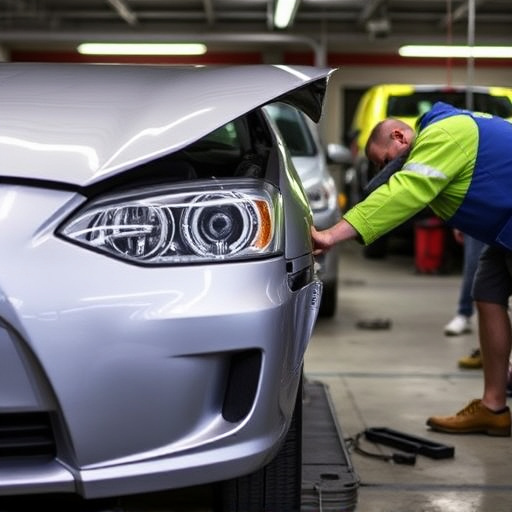Frame rail replacement requires careful assessment and specialized tools to determine repair vs. replacement. Technicians gather necessary parts and equipment, remove damaged rails, install new ones, realign components, and perform final inspections for top-quality outcomes. Post-repair quality assurance checks verify alignment, welding, and original specifications, ensuring vehicle safety and optimal performance for fleet and automotive repair services.
“Frame rail replacement is a critical process for ensuring vehicle safety and performance. This article delves into the essential aspects of frame rail repair, offering a comprehensive guide for professionals. We explore the common causes of frame rail damage and why timely replacement is crucial.
Through a step-by-step approach, we detail an efficient rail replacement process, emphasizing precision and quality. Furthermore, post-repair QA checks are highlighted to guarantee optimal vehicle condition. By implementing these practices, mechanics can maintain high standards, enhancing customer satisfaction through safe and reliable vehicles.”
- Understanding Frame Rail Damage and Replacement Needs
- Step-by-Step Guide to Efficient Rail Replacement Process
- Post-Repair QA Checks: Ensuring Optimal Vehicle Safety and Performance
Understanding Frame Rail Damage and Replacement Needs
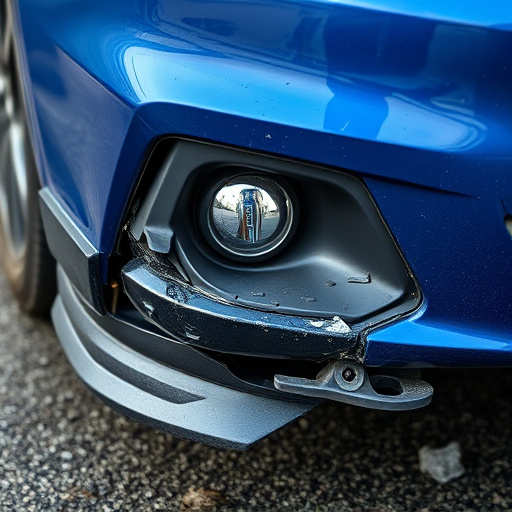
Frame rail damage is a common issue that arises from various incidents, often involving fender benders or collision centers. These events can cause significant strain on the vehicle’s structural integrity, making frame rail replacement a crucial step in any repair process. Understanding the extent of the damage is vital before embarking on this procedure. Mechanics and experienced technicians employ specialized tools and methods to assess whether the rails require straightening or complete replacement.
Proper evaluation ensures that only damaged sections are replaced, promoting efficient car dent removal and minimizing unnecessary expenses. Frame rail replacement is not just about repairing the visible dents; it involves realigning and reinforcing the entire framework to restore the vehicle’s safety and structural soundness, which is particularly critical for vehicles involved in accidents, including minor fender benders.
Step-by-Step Guide to Efficient Rail Replacement Process
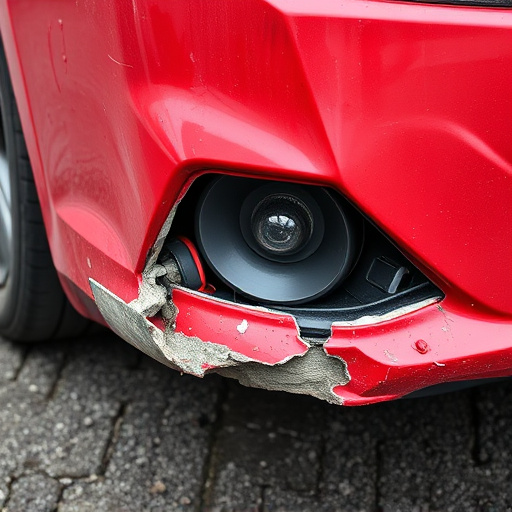
When undertaking a frame rail replacement, following a structured approach ensures optimal results in vehicle bodywork restoration. First, assess the collision damage repair requirements meticulously, identifying the extent of the frame’s distortion and any associated components affected. This step is crucial for accurate planning. Next, gather all necessary tools and parts, including specialized equipment for precise measurements and adjustments.
The process begins with safely removing the damaged rail, taking care to protect surrounding areas from debris. Once exposed, inspect the remaining structure for any hidden damage or weaknesses. Following this, install the new rail, ensuring it aligns perfectly with the vehicle’s specifications. Secure it firmly using appropriate hardware, then carefully realign and adjust other components as needed to maintain the integrity of the vehicle’s design. Finally, perform a thorough inspection, checking for straightness, alignment, and any signs of stress or strain on the newly replaced rail, thus guaranteeing top-quality post-repair outcomes.
Post-Repair QA Checks: Ensuring Optimal Vehicle Safety and Performance
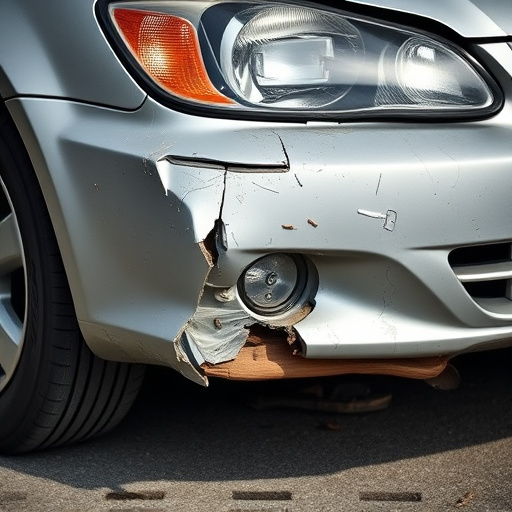
After a frame rail replacement, conducting thorough Post-Repair Quality Assurance (QA) checks is paramount to guarantee both vehicle safety and optimal performance. These QA processes involve meticulous inspections to verify that all components have been accurately aligned, welded, and restored to their original specifications. Skilled technicians utilize advanced tools and techniques to assess structural integrity, ensuring the frame rail replacement meets industry standards and enhances overall vehicle stability.
Proper post-repair assessments not only detect minor defects but also identify potential issues that could arise from incorrect repairs or improper alignment. By implementing comprehensive QA checks, fleet repair services and automotive repair services can maintain high-quality standards, protect customer safety, and preserve the long-term performance of vehicles undergoing frame rail replacement.
Frame rail replacement is a critical process for ensuring vehicle safety and performance. By understanding the damage, following a meticulous repair process, and implementing robust post-repair quality assurance (QA) checks, automotive professionals can guarantee that vehicles return to their optimal state. This comprehensive approach to frame rail replacement not only enhances structural integrity but also reassures drivers and passengers of their vehicle’s reliability on the road.
